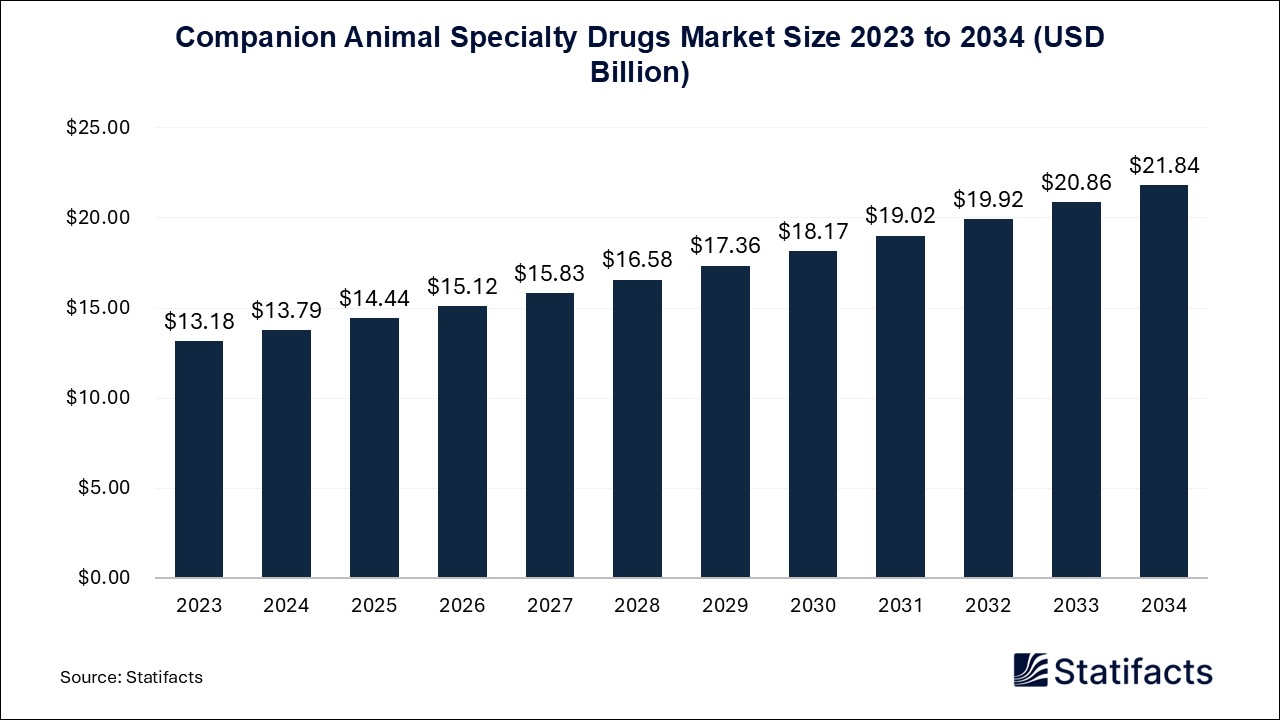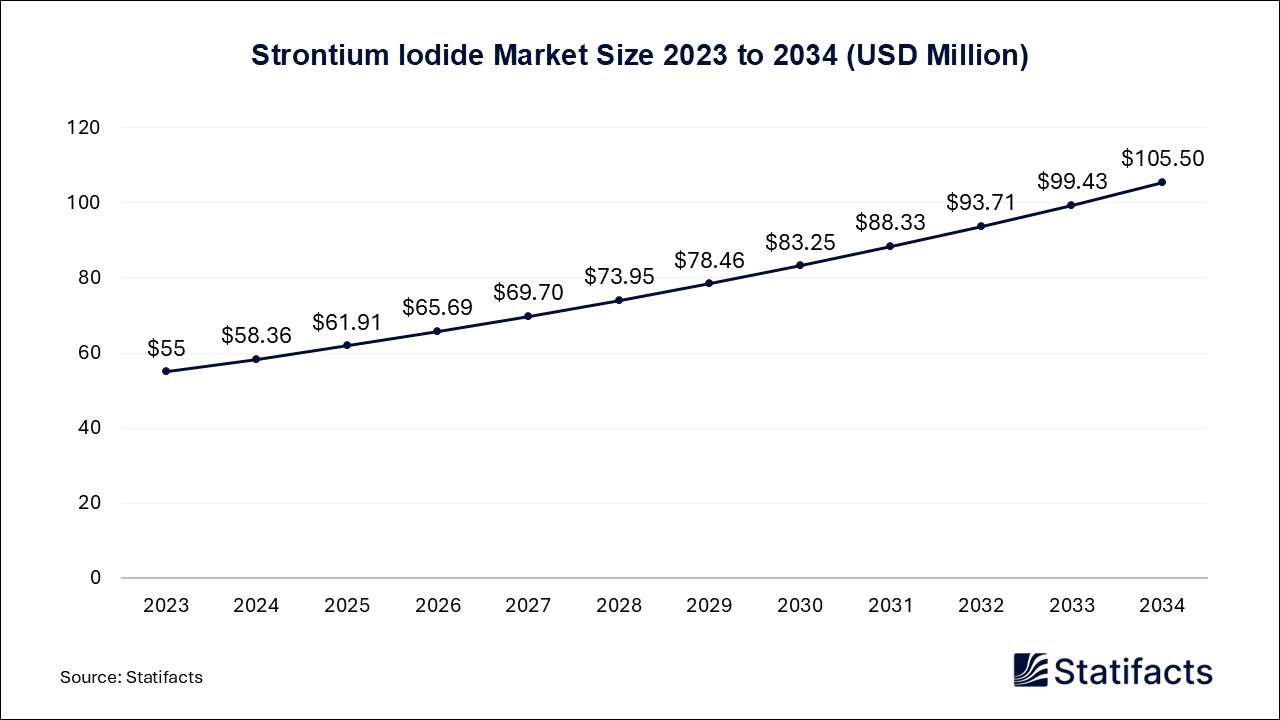The global commercial air-energy water heater market size was valued at USD 1,348 million in 2024, is projected to reach approximately USD 2,483 million by 2034. This growth, driven by rising demand for energy-efficient and eco-friendly heating solutions, is expected at a CAGR of 6.3%.
Commercial Air-energy Water Heater Market Statical Scope
| Reports Attributes |
Statistics |
| Market Size in 2024 |
USD 1,348 Million |
| Market Size in 2025 |
USD 1,433 Million |
| Market Size in 2031 |
USD 2,067 Million |
| Market Size by 2034 |
USD 2,483 Million |
| CAGR 2025 to 2034 |
6.3% |
| Base Year |
2024 |
| Forecast Period |
2025 to 2034 |
The commercial air-energy water heater market is expanding rapidly as businesses seek cost-effective, eco-friendly alternatives to traditional electric and gas water-heating systems. Air-energy (air-source heat pump) water heaters utilize ambient air to heat water, significantly reducing energy consumption and carbon emissions. The market’s growth is being driven by rising demand from hotels, hospitals, schools, office buildings, and industrial facilities seeking to improve energy efficiency and reduce operational costs.
However, the high initial installation cost and performance limitations in extremely cold climates are major restraints on market expansion. Maintenance requirements and complex system configurations also hinder adoption among small and medium-sized enterprises. Despite these challenges, technological advancements such as variable-speed compressors, smart control systems, and improved refrigerant efficiency are creating new opportunities for market growth.
The commercial air-energy water heater market is expected to grow more rapidly as artificial intelligence AI and IoT integration revolutionize system performance, predictive maintenance, and energy optimization. Artificial intelligence enables real-time monitoring of temperature, humidity, and load patterns, allowing systems to automatically adjust operations for maximum efficiency. Machine learning algorithms can predict energy demand, optimize compressor cycles, and detect faults before failure occurs, reducing downtime and operating costs.
Commercial Air-energy Water Heater Market Share, By Region, 2024 (%)
| Regions |
Shares (%) |
| North America |
22% |
| Asia Pacific |
48% |
| Europe |
20% |
| LAMEA |
10% |
- Asia Pacific – Holds 48% of the market, led by large-scale installations across China, Japan, and India. Dominates due to rapid urbanization, expanding commercial construction, and strong adoption of energy-efficient systems.
- North America – Accounts for 22% of the market, driven by commercial infrastructure and hospitality growth. Gaining momentum with increasing focus on sustainable water heating technologies and replacement of traditional systems.
- Europe – Represents 20% of the market, supported by stringent energy-efficiency standards and renovation of existing facilities. Gaining momentum due to emphasis on green building certifications and advanced heating technologies.
- LAMEA – Holds 10% of the market, encompassing Latin America, the Middle East, and Africa, where adoption is concentrated in urban and industrial areas. Not dominating due to slower infrastructure development and lower technological penetration compared to other regions.
Commercial Air-energy Water Heater Market Share, By Type, 2024 (%)
| Segments |
Shares (%) |
| Circulating Water Heater |
65% |
| Direct Heating Water Heater |
35% |
- Circulating Water Heater – Holds 65% of the market, featuring systems that continuously circulate heated water for consistent temperature control. Dominates due to high energy efficiency, reliability, and widespread adoption in commercial facilities.
- Direct Heating Water Heater – Accounts for 35% of the market, relying on direct heat transfer methods for rapid water heating. Not dominating due to higher operational costs and lower efficiency compared to circulating systems but remains popular in smaller installations.
Commercial Air-energy Water Heater Market Share, By Application, 2024 (%)
| Segments |
Shares (%) |
| School |
15% |
| Hospital |
20% |
| Hotel |
30% |
| Factory |
25% |
| Others |
10% |
- Hotel – Represents 30% of the market, as hotels require large volumes of hot water for guest rooms, kitchens, and laundry. Dominates due to constant hot water demand and the hospitality industry’s focus on energy-efficient heating systems.
- Factory – Holds 25% of the market, where hot water is essential for manufacturing and cleaning processes. Gaining momentum as industries upgrade to efficient heating solutions for energy savings and sustainability compliance.
- Hospital – Accounts for 20% of the market, providing reliable hot water for sterilization, sanitation, and patient care. Gaining momentum with the expansion of healthcare infrastructure and increased hygiene standards.
- School – Represents 15% of the market, used for cafeterias, dormitories, and sanitation facilities. Not dominating due to limited usage hours but showing steady growth with educational infrastructure development.
- Others – Captures 10% of the market, covering office buildings, gyms, and public facilities. Not dominating due to smaller consumption levels but expanding with growing commercial infrastructure.






